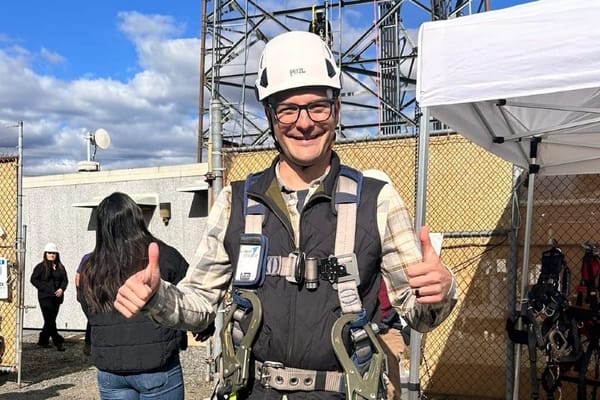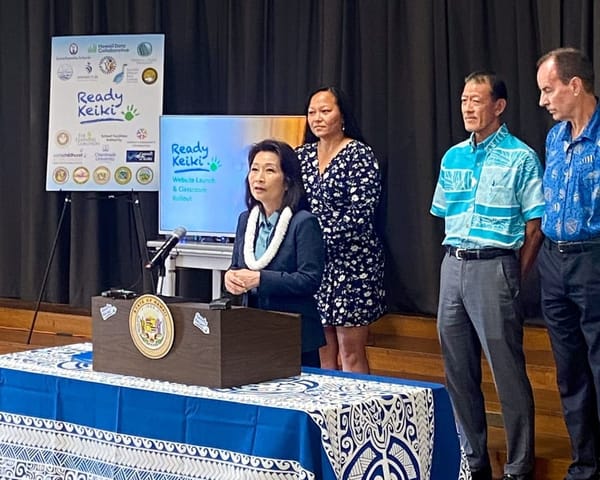United States Lags in Innovation Policy, Needs Federal Funding, Says ITIF
WASHINGTON, October 6, 2009 – The United States is lagging in technology innovation, thanks to a federal policy that has not kept up to pace with the speed of innovation changes, panelists said at an Information Technology and Innovation Foundation event on Tuesday.
WASHINGTON, October 6, 2009 – The United States is lagging in technology innovation, thanks to a federal policy that has not kept up to pace with the speed of innovation changes, panelists said at an Information Technology and Innovation Foundation event on Tuesday.
Unlike in the days when federal funding was used to fund research projects, innovation changed over the past 30 years. According to Howard Wial of Brookings Institution, large firms which were making initially investing in research have been doing less risky business investments, leaving innovation less funded.
“The service industry, which includes technology, is now more important to our lives than it years back, but the government has not changed in how they view this industry,” Wial said.
There needs to be a national innovation foundation which can advocate for funding which will be used for directing innovation ventures, he said. Such a foundation would also give grants to research, funding for economic based developments and support technology diffusion. It would also fund actors in technology-based institutions in order to provide trainings for the public.
“We also need an early warning system that understands connections in industries, assess the impact of technology on production. Innovation needs a seat at the table of industrial discussion, but it is yet to happen,” said Wial.
According to Kevin Huffman, vice president, public affairs, Teach For America, education changes to adapt technology have been slow, with old teaching techniques still applied in many classrooms.
He pointed out that there is a large gap between the high-income and low-income students in the country, and performance in education showing a marked difference in various states. The problem, he said, can be attributed to the lack of effective programs on innovation. Resolving the issue would involve more public funding based on innovation in education.
ITIF President Rob Atkinson criticized the lack of will to spend on innovation, and said that national innovation strategy should recognize a number of things, such as the fact that innovation is key to growth.
“The United States has been left behind in innovation because we are not applying the latest lessons to innovation, while other countries have moved ahead by applying these very latest strategies,” he said.
About BroadbandCensus.com
BroadbandCensus.com was launched in January 2008, and uses “crowdsourcing” to collect the Broadband SPARC: Speeds, Prices, Availability, Reliability and Competition. The news on BroadbandCensus.com is produced by Broadband Census News LLC, a subsidiary of Broadband Census LLC that was created in July 2009.
A recent split of operations helps to clarify the mission of BroadbandCensus.com. Broadband Census Data LLC offers commercial broadband verification services to cities, states, carriers and broadband users. Created in July 2009, Broadband Census Data LLC produced a joint application in the NTIA’s Broadband Technology Opportunities Program with Virginia Tech’s eCorridors Program. In August 2009, BroadbandCensus.com released a beta map of Columbia, South Carolina, in partnership with Benedict-Allen Community Development Corporation.
Broadband Census News LLC offers daily and weekly reporting, as well as the Broadband Breakfast Club. The Broadband Breakfast Club has been inviting top experts and policy-makers to share breakfast and perspectives on broadband technology and internet policy since October 2008. Both Broadband Census News LLC and Broadband Census Data LLC are subsidiaries of Broadband Census LLC, and are organized in the Commonwealth of Virginia. About BroadbandCensus.com.






